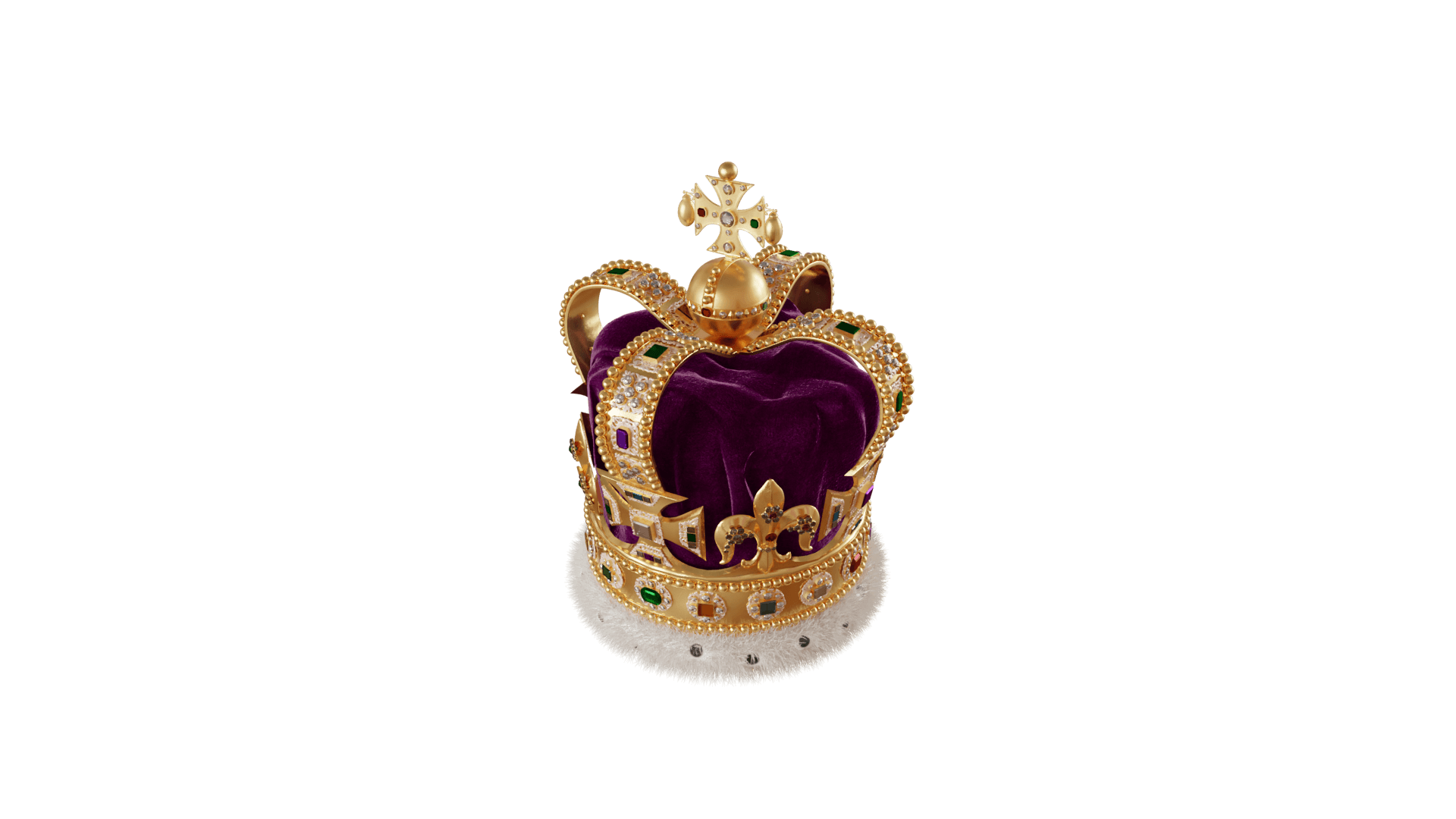
The dazzling crown that will make a king
On 6 May, the historic St Edward’s Crown will be placed on the head of King Charles III as part of a coronation ritual that goes back centuries.
Rarely seen outside the Tower of London, the gold crown will be worn for less than an hour before being stored away for the coronation of the next monarch. Let's take a closer look at this unique symbol and the role it has to play in the making of a king.
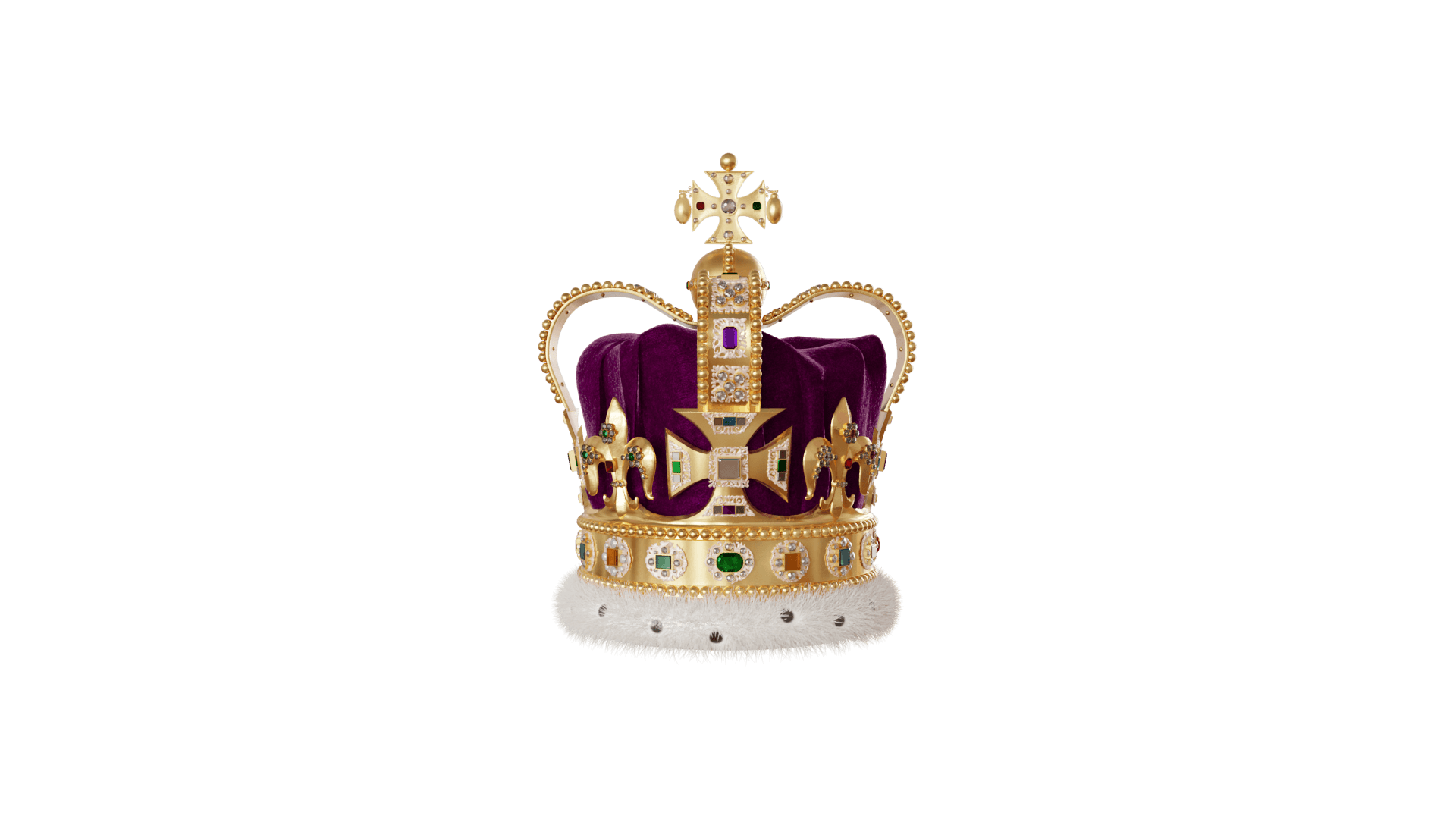
Although Charles became King immediately after his mother died, the Coronation is an ancient rite that symbolises the start of his reign.
And it will be a rare glimpse of the priceless St Edward’s Crown that is only ever worn during a coronation.
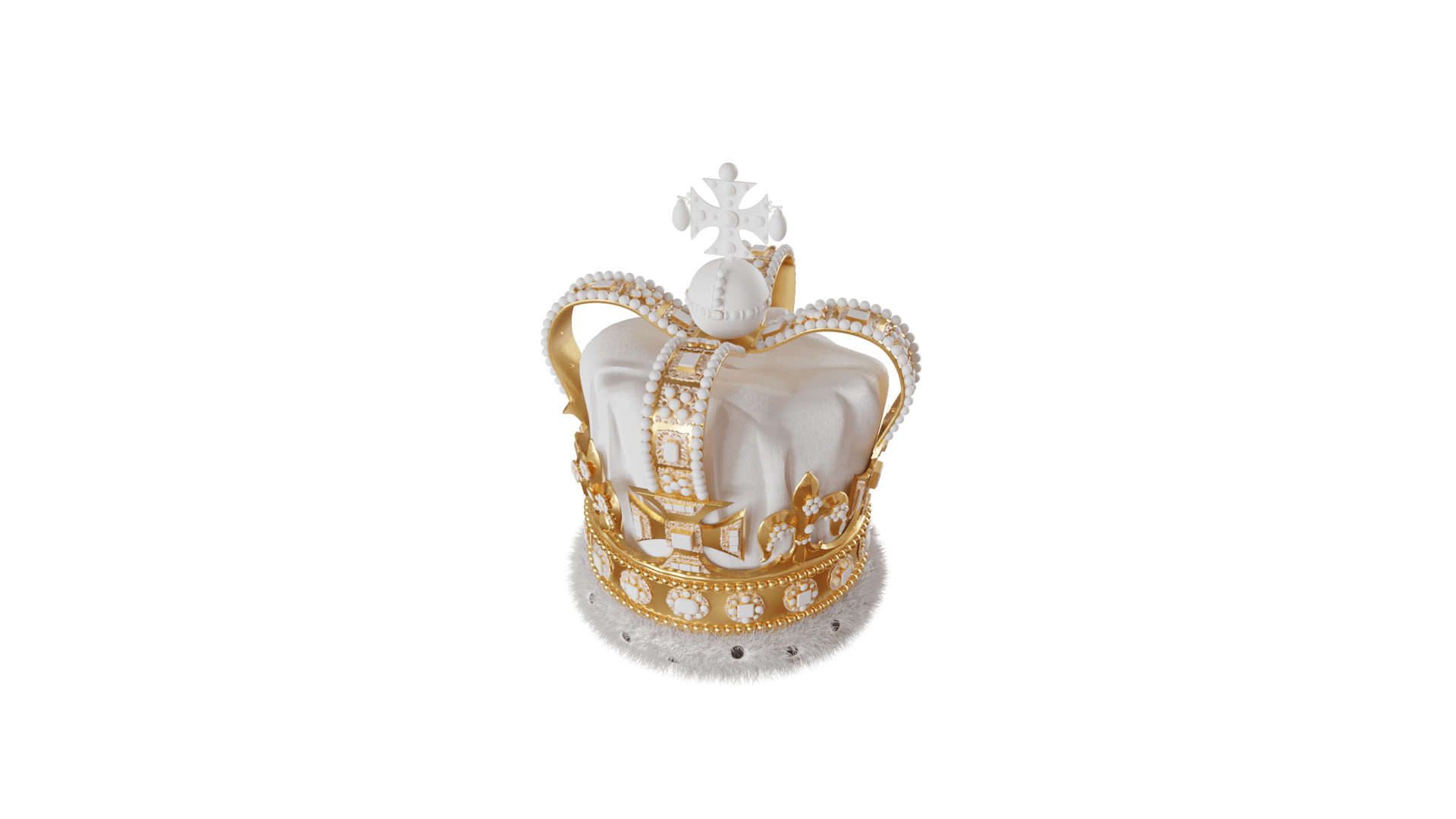
Made of solid 22-carat gold, the 360-year-old crown is over 30cm (1ft) tall and it’s heavy, weighing about 2.23kg (nearly 5lbs). That's about the same as a large melon.
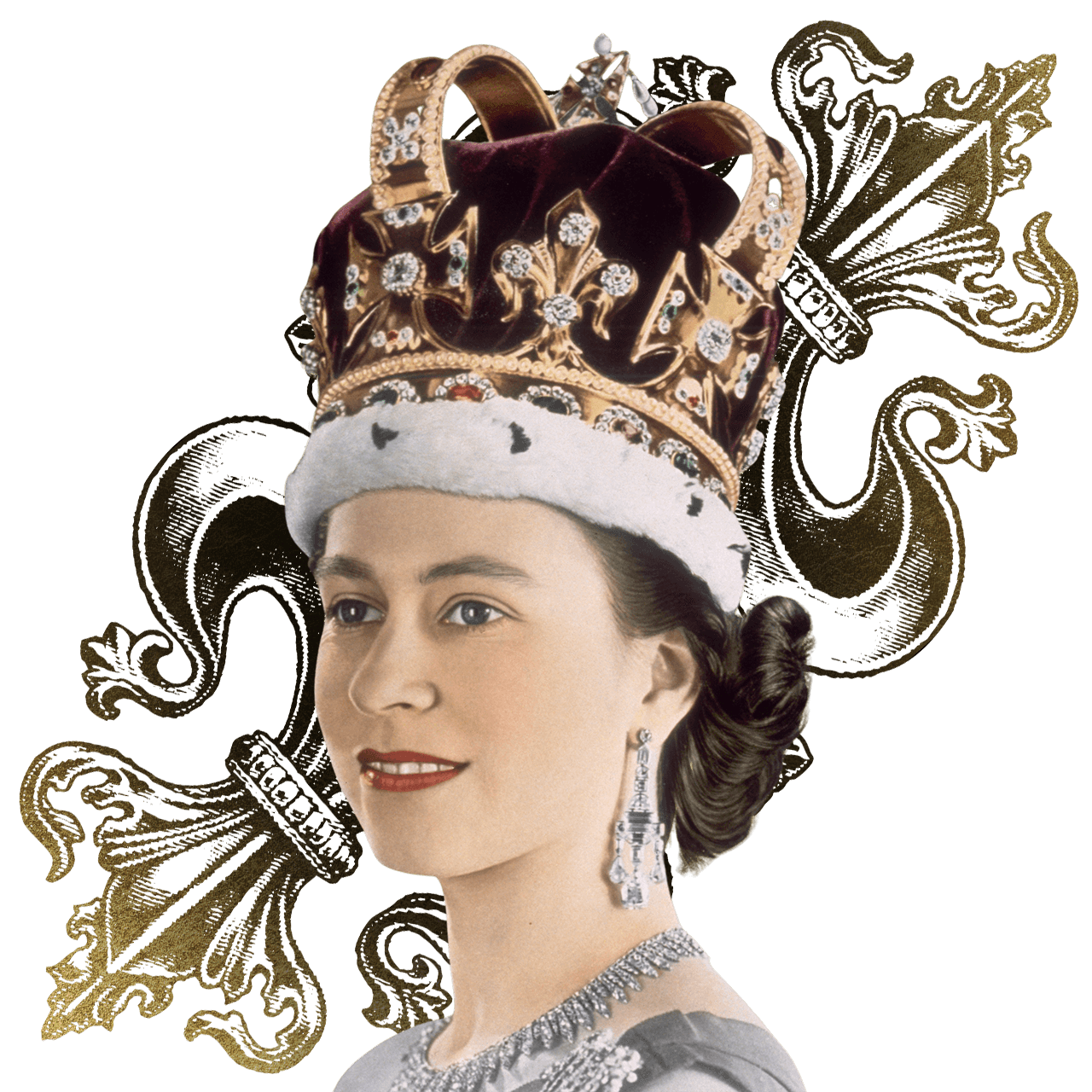
The St Edward’s Crown was last worn by Queen Elizabeth II at her coronation in 1953 - and has rarely left the Tower of London in the 70 years since.
Reunited with the crown for a documentary in 2018, the Queen asked “Is it still heavy?” and picking it up she confirmed: "It weighs a ton."
You cannot help but be impressed by its size and grandeur
Historian Charles Farris
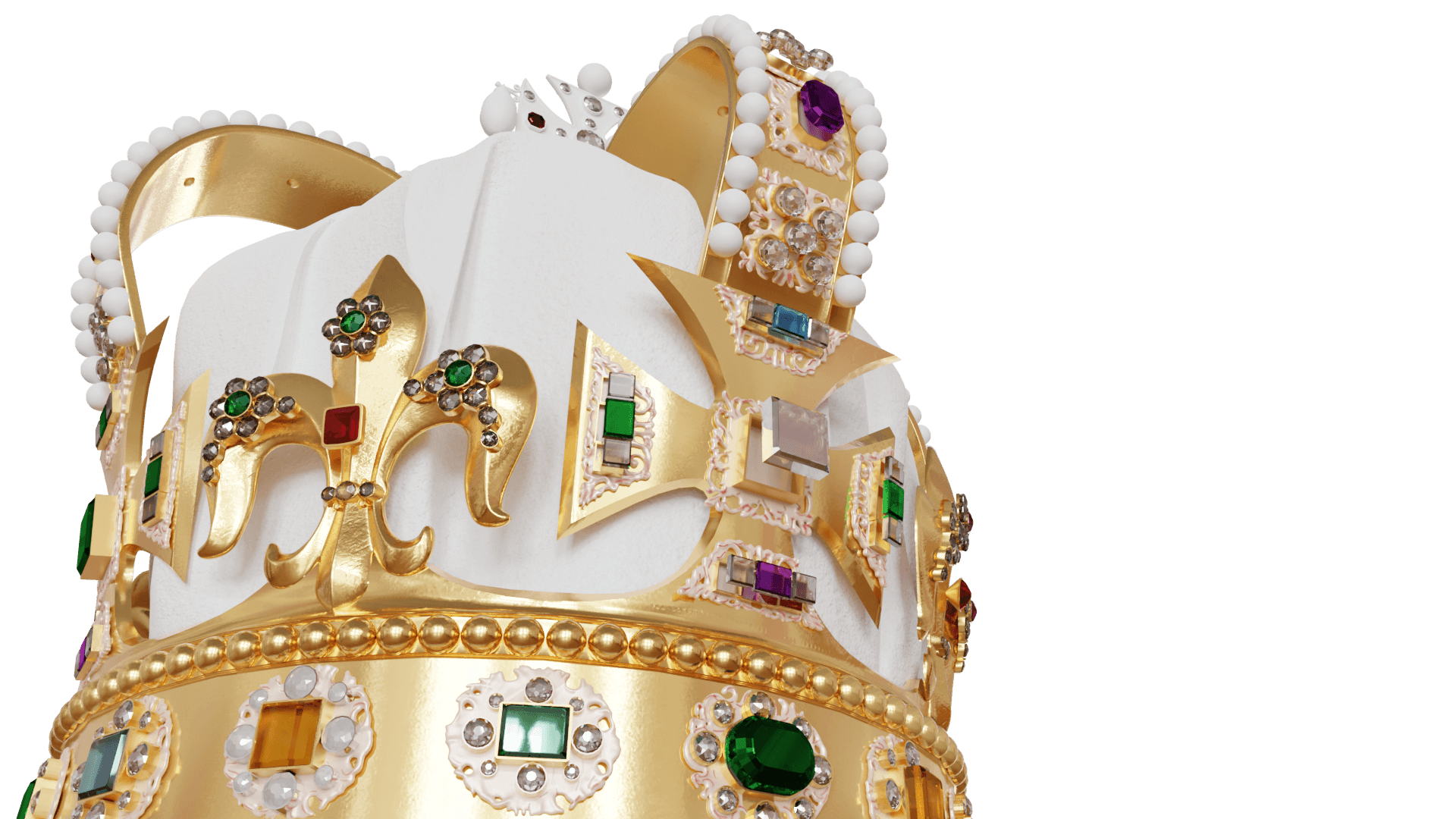
The crown has 444 jewels and gemstones – including expensive sapphires, rubies, amethysts and topaz, although most are light blue and or bluish green aquamarines. They are set in enamel and gold mounts.
The stones in the crown used to be removable and were hired especially for coronations.
It was not until the 20th century that they were set in the crown permanently.
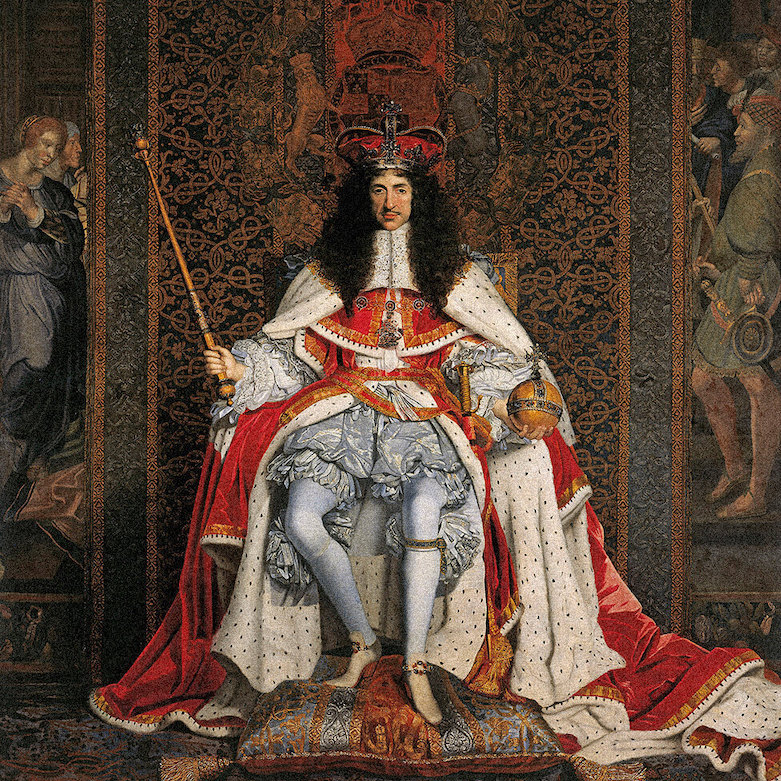
The crown was made for Charles II in 1661. It is named after a much earlier version that belonged to the Anglo-Saxon king and saint, Edward the Confessor. He was depicted wearing a crown in the famous 11th century Bayeux Tapestry.
Edward’s crown - considered a holy relic - was used in coronations for hundreds of years.
But it was melted down in the 1600s after the execution of King Charles I by Oliver Cromwell.
After Cromwell’s death, with royalty back in fashion, King Charles II commissioned a new set of crown jewels, including the St Edward’s Crown and a new state crown (which he is pictured wearing in the image above).
Edward’s crown is thought to have had very few jewels. But Charles II’s version had diamonds and coloured gems which were hired especially for the princely sum of £500, according to Crown Jewels historian Anna Keay. That would be about £75,000 today.
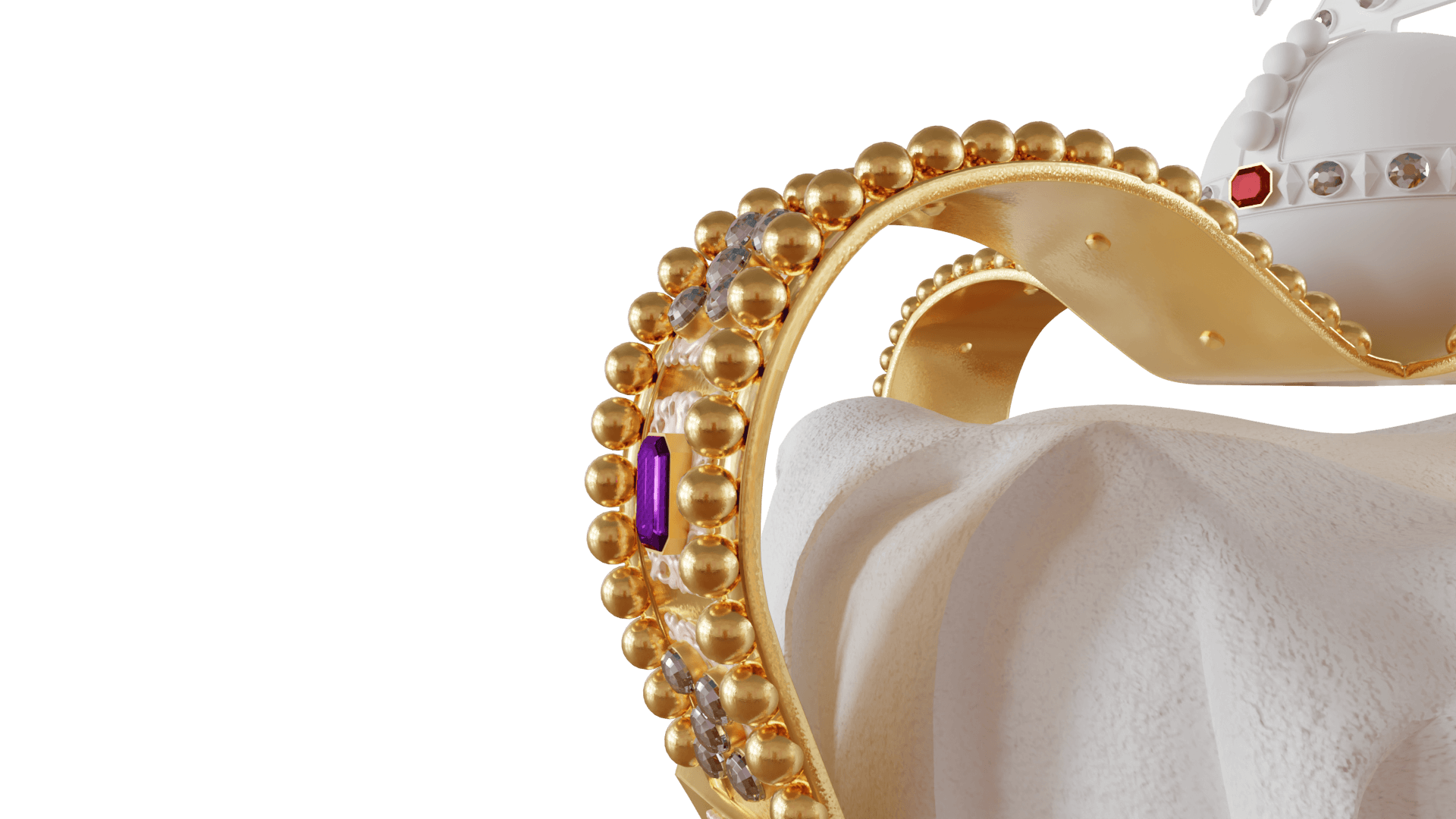
The crown’s band has four crosses and fleur-de-lis, and two arches meeting in the centre.
The arches are covered in tiny gold beads that replaced earlier rows of imitation pearls.
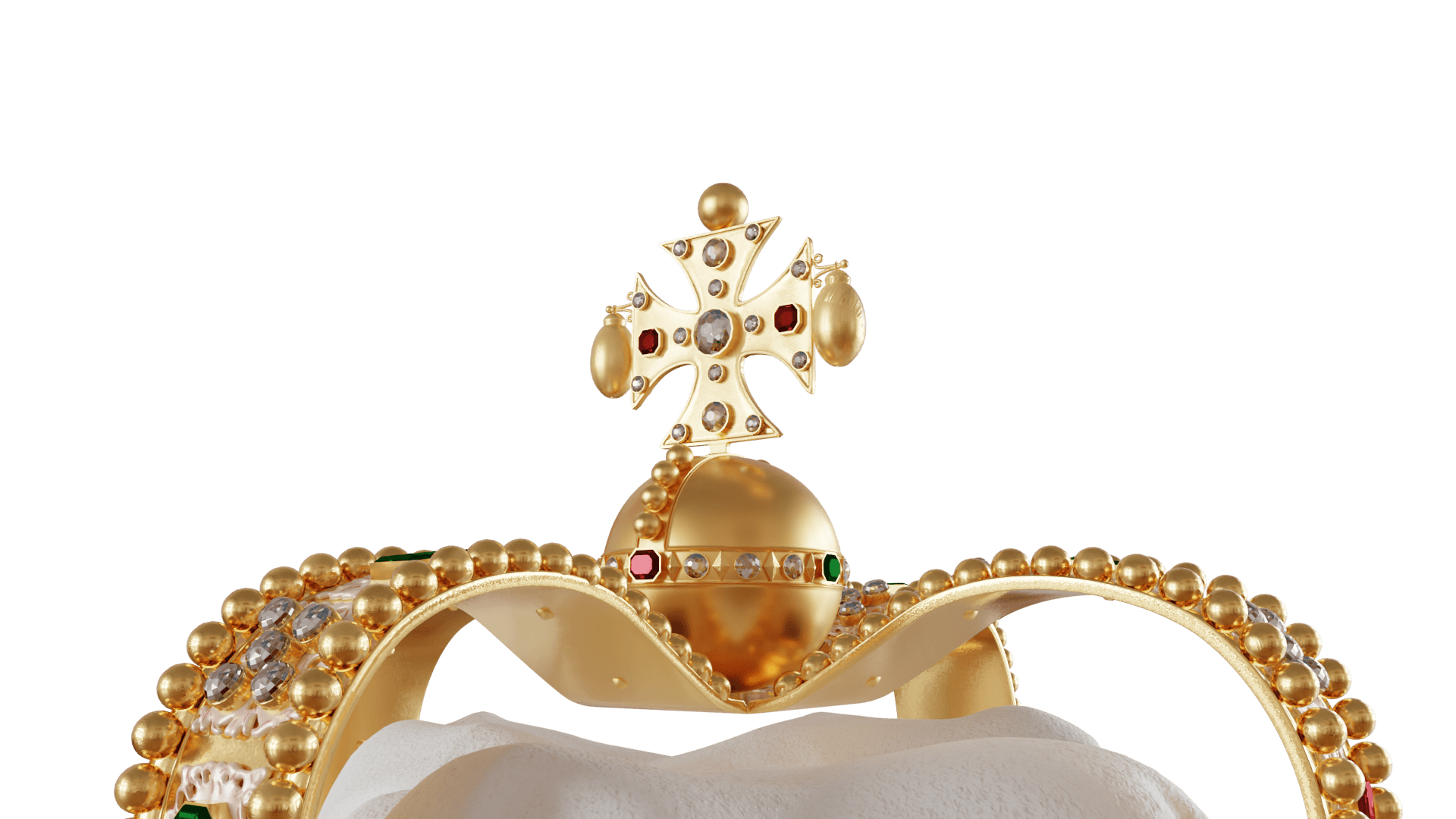
On top of the crown is a bejewelled cross, with dangling beads, and a “monde” which represents the world of the monarch's reign.
Although it was made in 1661, King Charles III will be only the seventh monarch to wear the St Edward’s Crown.
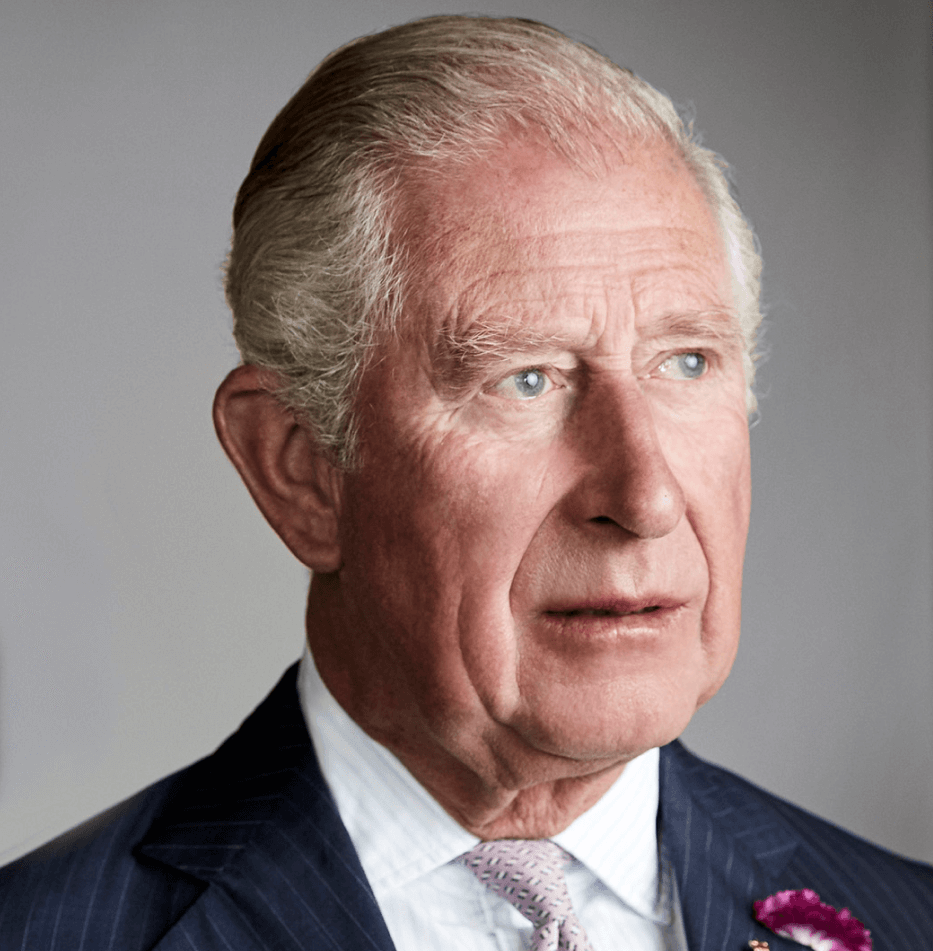
Charles II’s immediate successors were both crowned with the St Edward’s Crown - James II in 1685 and William III in 1689. But as royal tastes and fashions changed, it was not worn again in coronations for more than 200 years.
King Edward VII planned to wear it for his in 1902 and had the crown refurbished especially – but he fell ill before the coronation and was crowned with the lighter state crown instead.
George V also chose to wear the crown and had the stones set permanently, including dozens of aquamarines.
Gem expert Kim Rix says aquamarines would not have been on the original crown but were popular with royal jewellers like Fabergé at the turn of the century.
George VI followed suit and Queen Elizabeth II was the last to wear it when she was crowned.
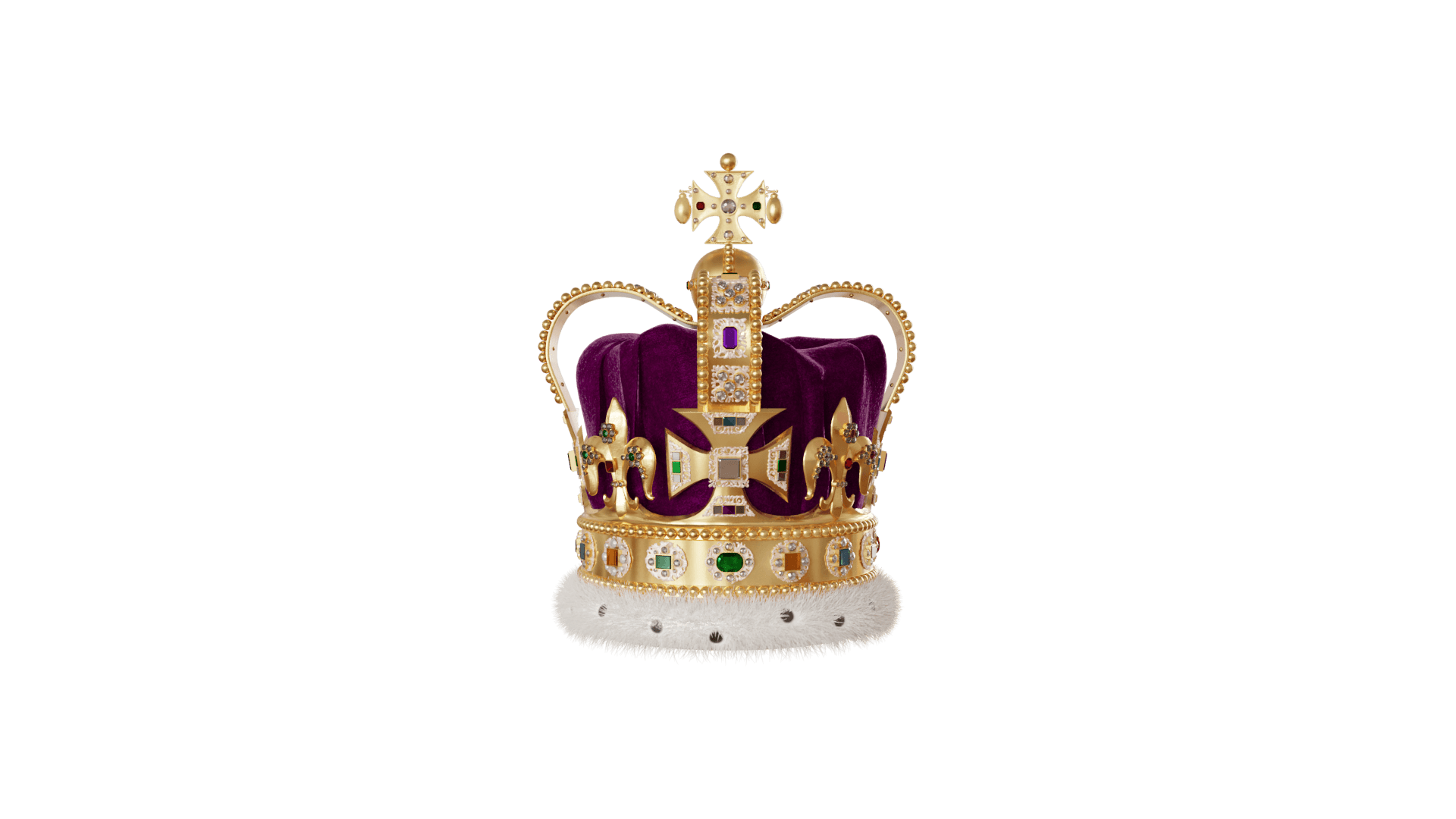
As you can see, the front and back are almost identical.
The trim around the band is made from ermine, a type of white stoat with a black tip to its tail, whose fur has long been a status symbol among the aristocracy.
The easiest way to tell the front of the crown from the back is the different coloured gemstones - but it has caused confusion in the past.
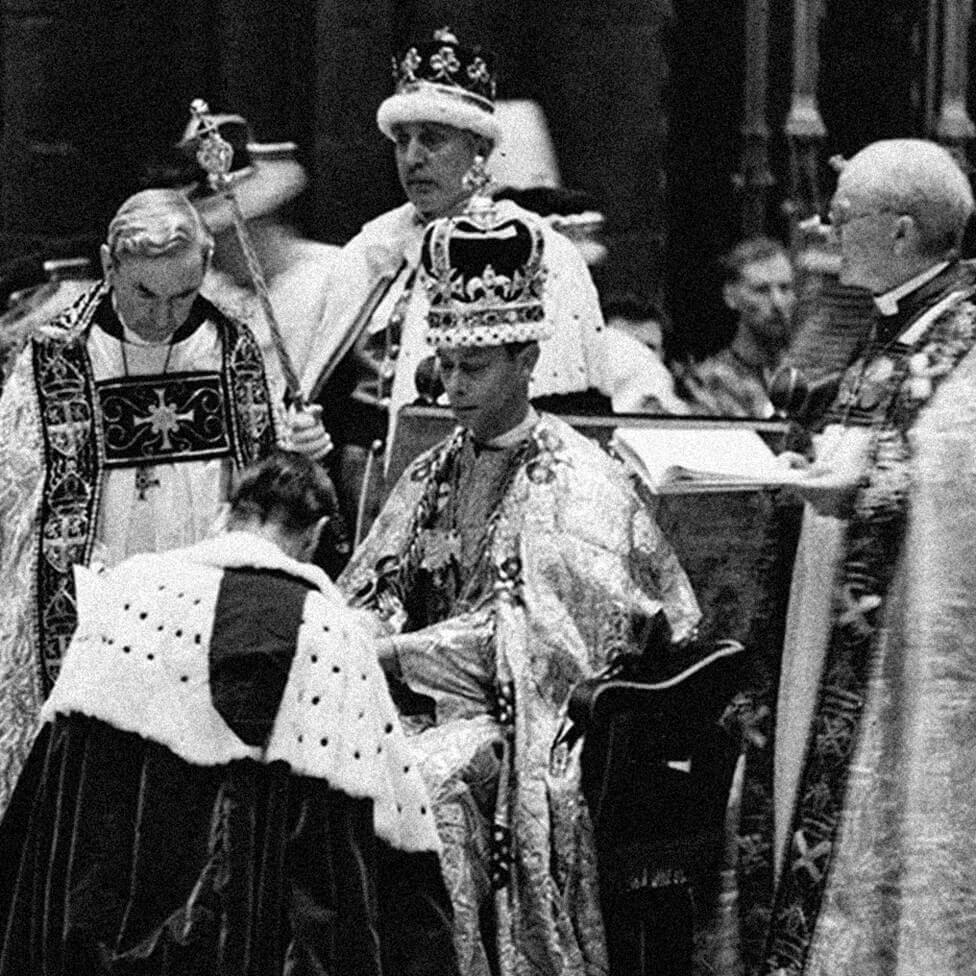
Ahead of the coronation of George VI, a red cotton thread was said to have been tied on the crown to make it easier to tell the front from the back, but it was accidentally removed before the ceremony.
The king later wrote: "I had taken every precaution as I thought to see that the crown was put on the right way round, but the dean and the archbishop had been juggling with it so much that I never did know whether it was right or not."
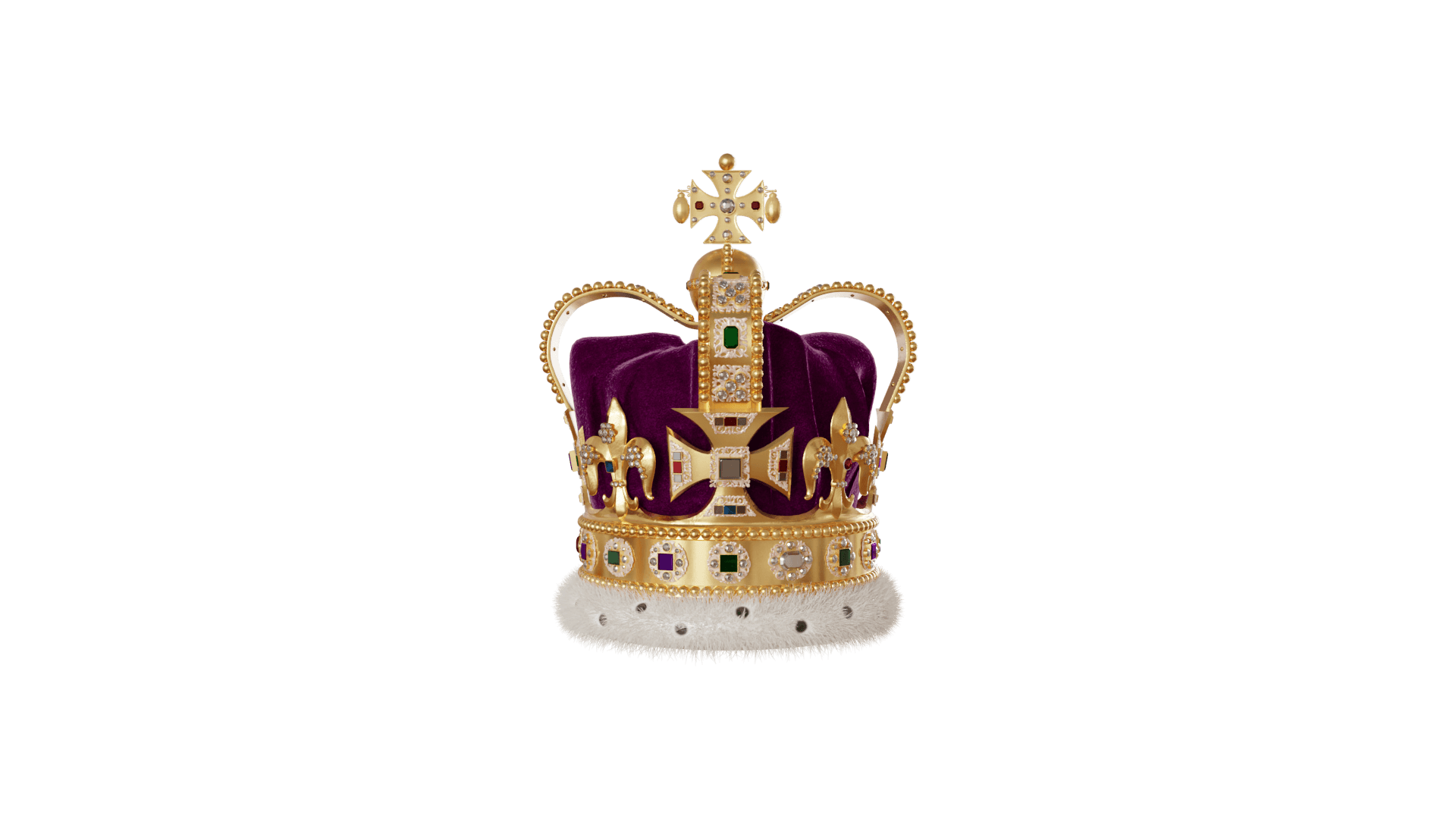

Although rarely seen in public, the crown may look familiar.
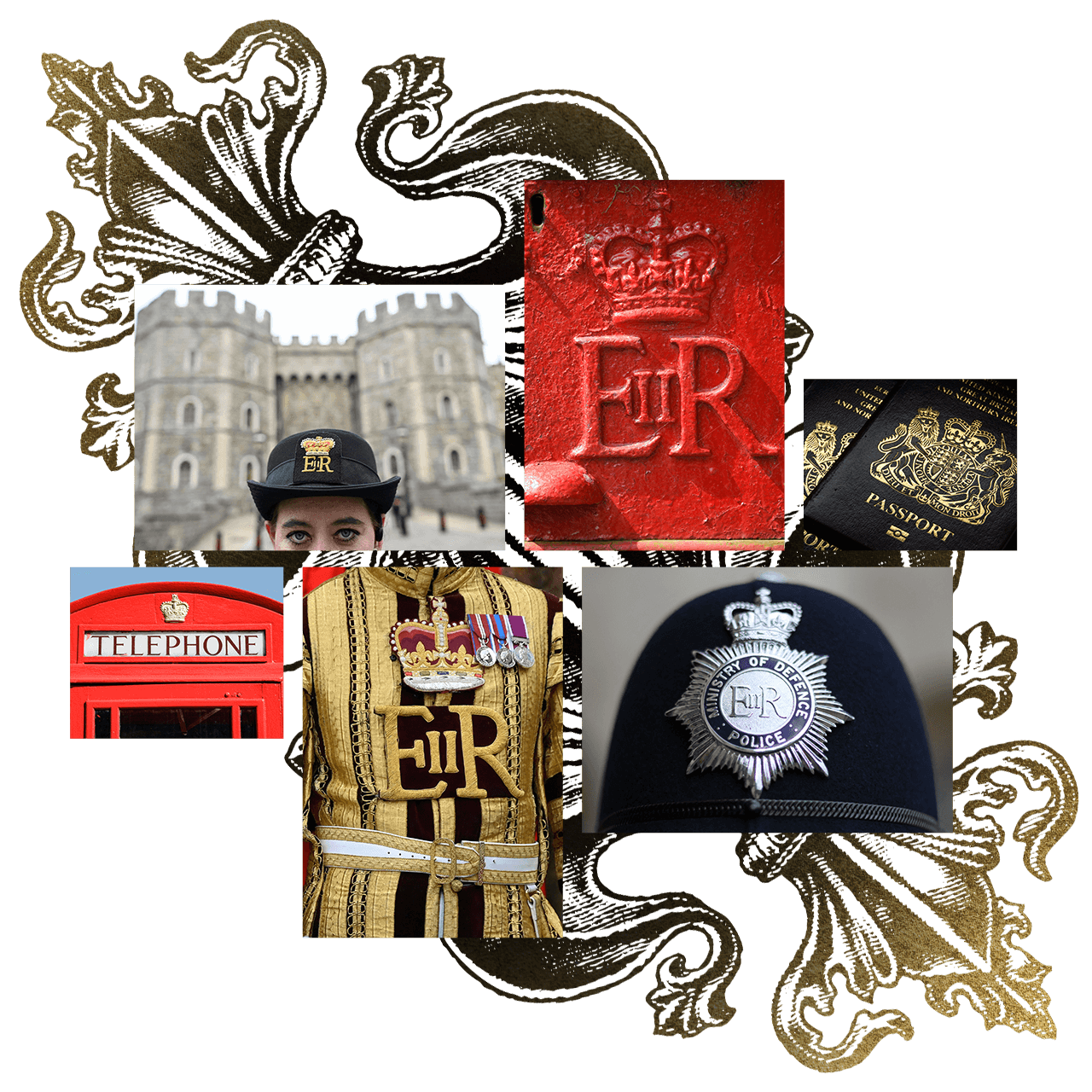
You might recognise a stylised version of its distinctive silhouette from the coat of arms on British passports, on police badges or from the Royal Mail logo seen on letter boxes and vans. And on social media, there is now a cartoon crown emoji that will automatically appear in Twitter posts when someone uses a hashtag connected to the Coronation.
While Queen Elizabeth II championed the St Edward’s Crown as a royal symbol, Charles has chosen a different crown as the emblem for his reign. But the significance of the St Edward's Crown endures.
Tracy Borman, author of Crown & Sceptre, says it sends out a clear message that it “represents both the resilience and the continuity of the monarchy”.
Charles Farris, public historian for Historic Royal Palaces, says the fact that this crown is reserved for the moment of crowning itself is immensely significant.
It really adds to the magic of this incredible object
Historian Charles Farris
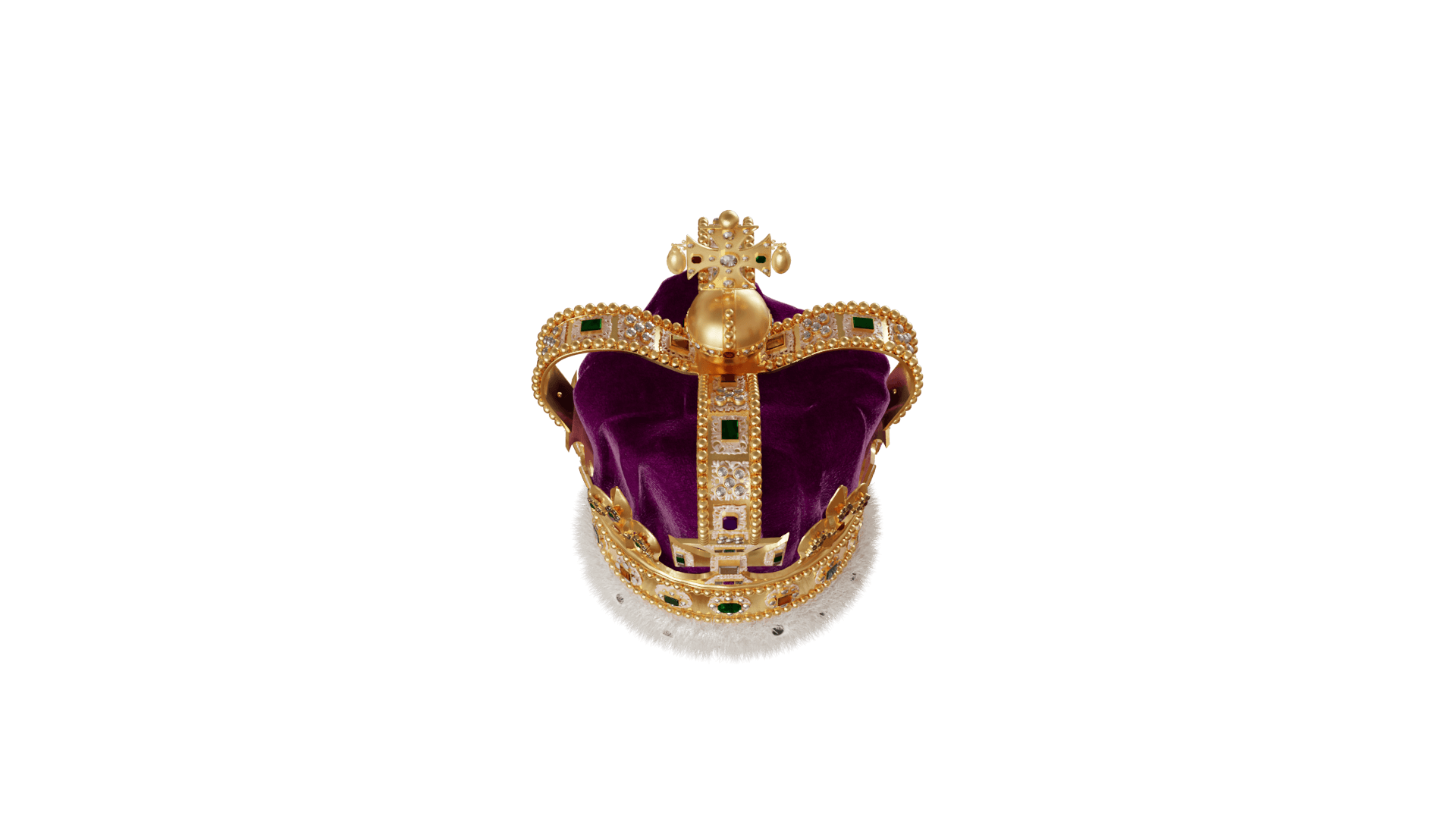
So, the Coronation on 6 May will be a rare chance to see the St Edward's Crown out in public.
After that, the crown will once again return to the Tower to await the next king.
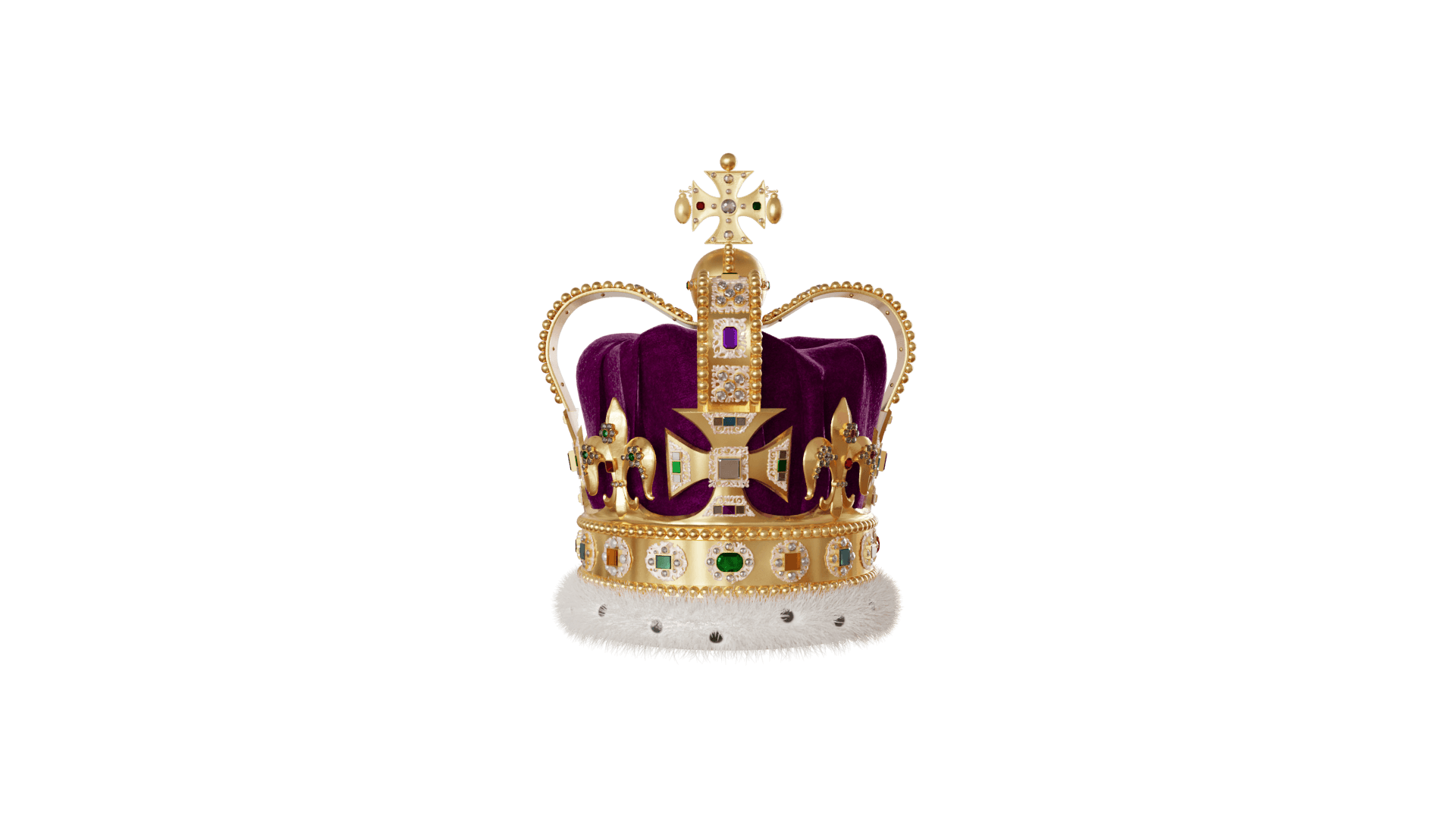
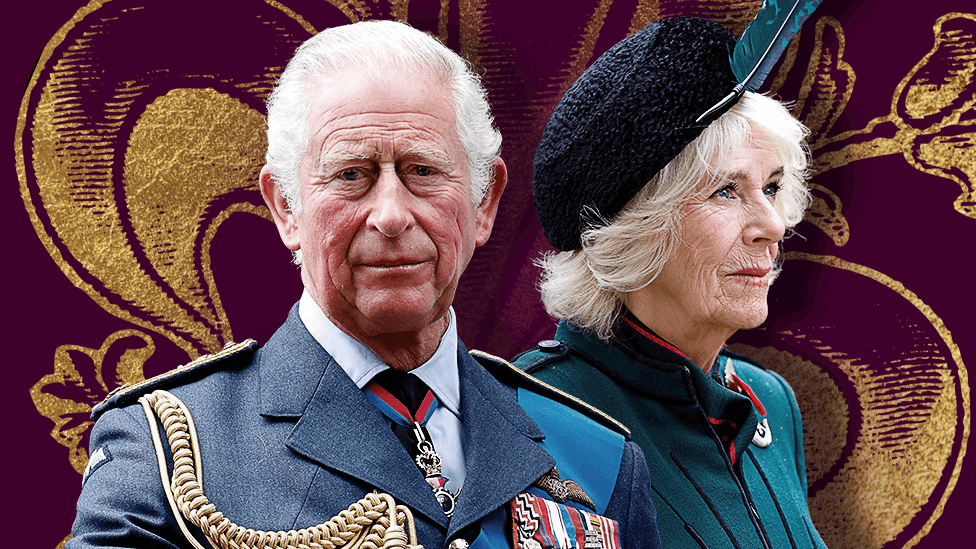 Your full guide to King Charles III's coronation
Your full guide to King Charles III's coronation
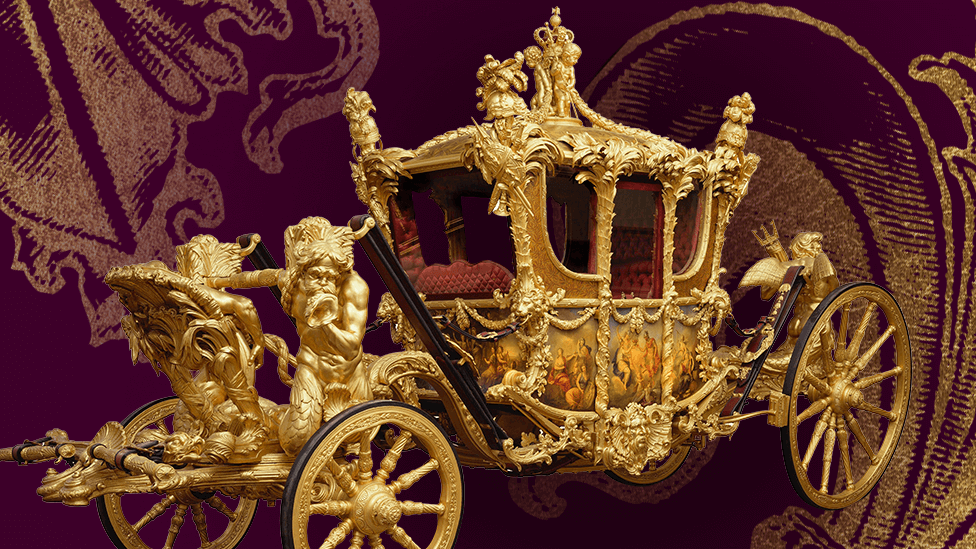 What to look out for in the Coronation processions
What to look out for in the Coronation processions
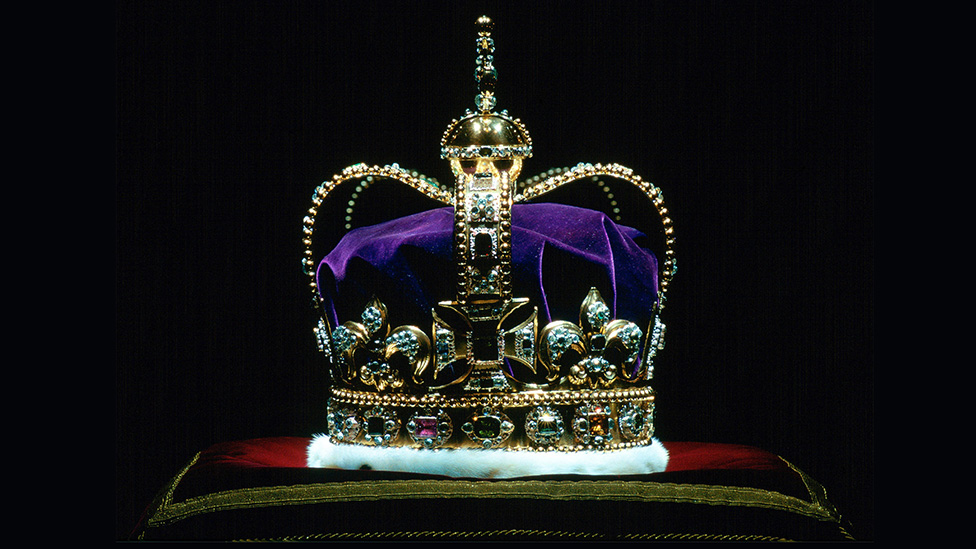 How much is the Coronation crown worth?
How much is the Coronation crown worth?